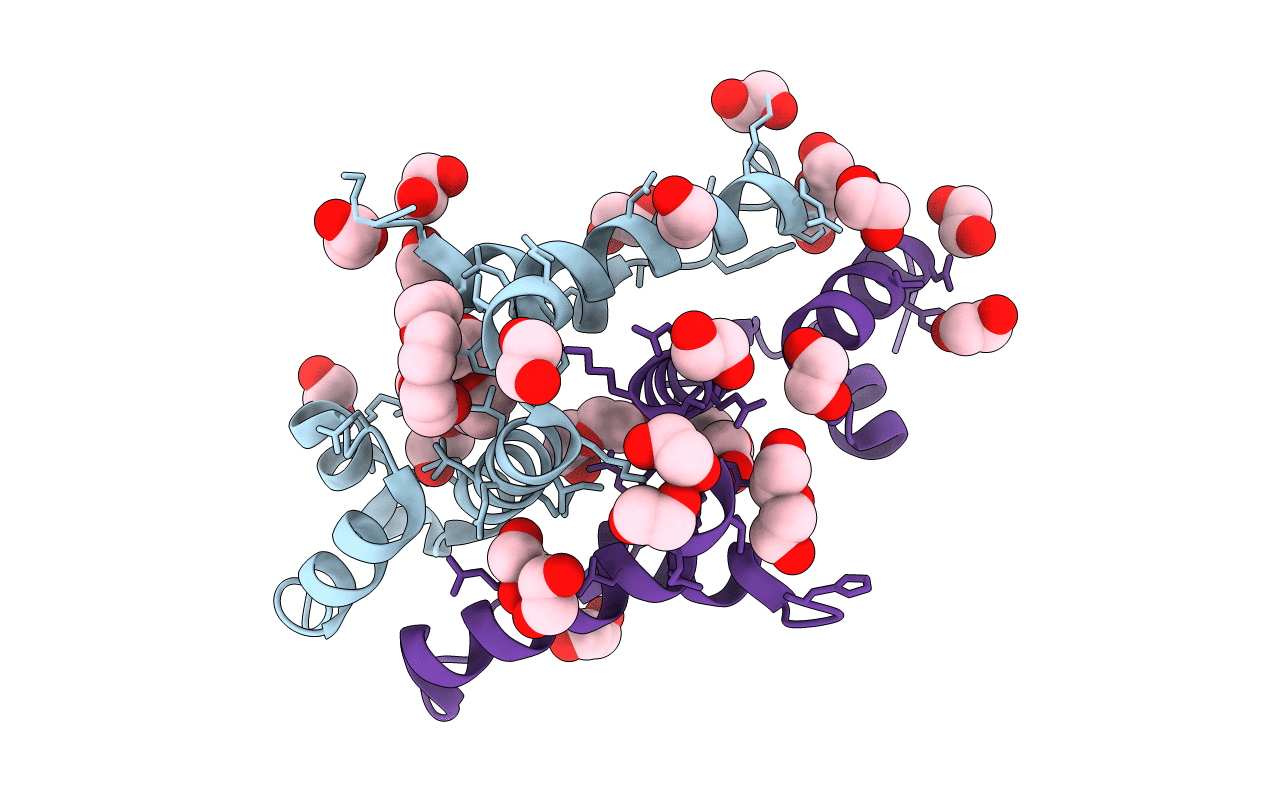
Deposition Date
2013-04-09
Release Date
2013-04-17
Last Version Date
2023-12-20
Entry Detail
PDB ID:
4BHX
Keywords:
Title:
Crystal structure of the SCAN domain from human paternally expressed gene 3 protein
Biological Source:
Source Organism:
HOMO SAPIENS (Taxon ID: 9606)
Host Organism:
Method Details:
Experimental Method:
Resolution:
1.95 Å
R-Value Free:
0.22
R-Value Work:
0.17
R-Value Observed:
0.17
Space Group:
P 65


